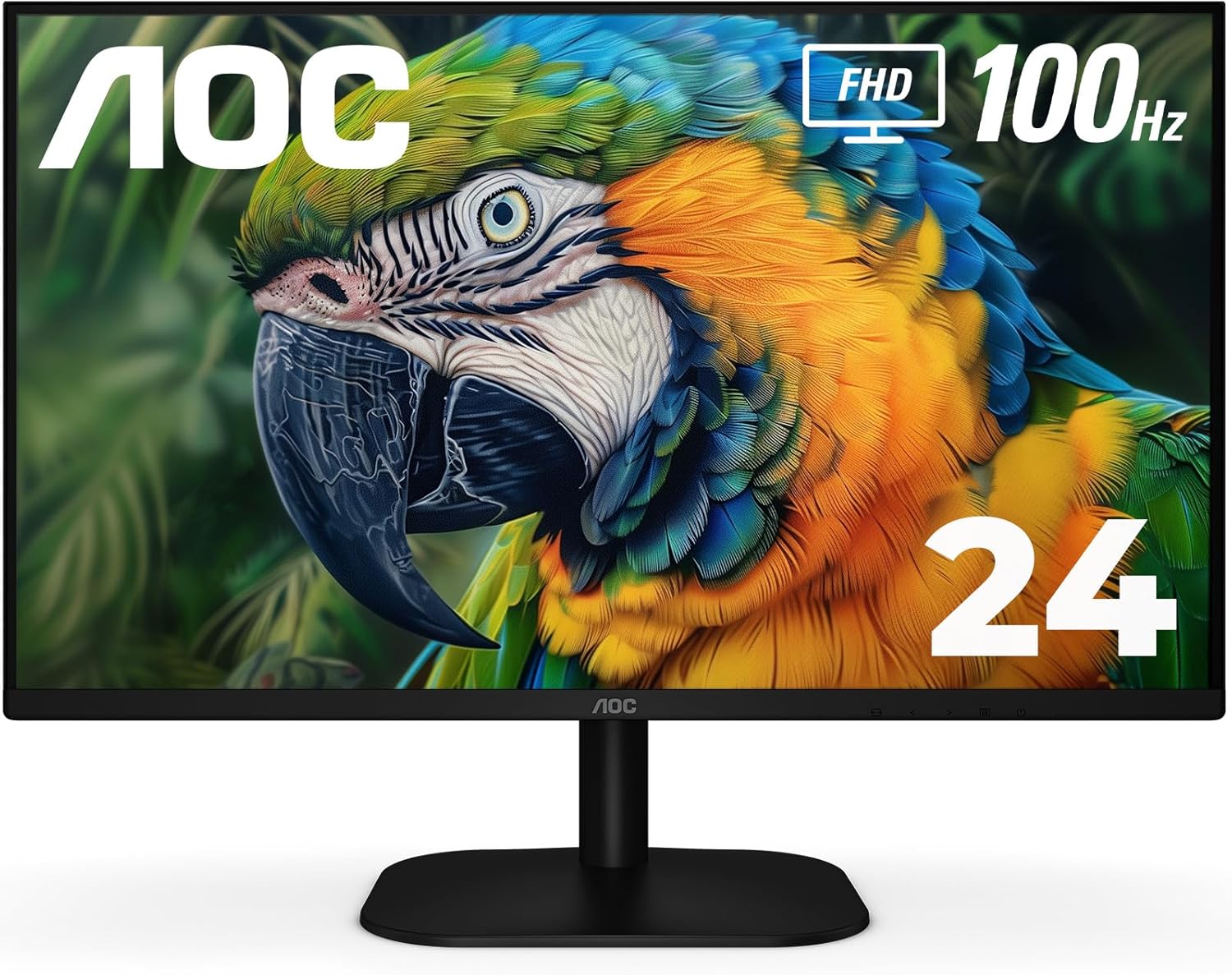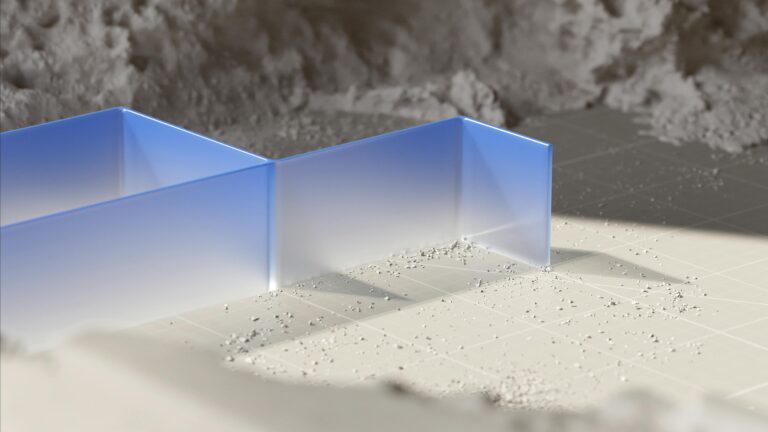Unlock Efficiency: The Blueprint for a Faster Web Design Workflow
In the dynamic world of web design, staying competitive means more than just creating visually appealing sites; it means building them faster, smarter, and with greater impact. The constant evolution of technologies, client demands, and user expectations can quickly turn a streamlined process into a complex web of tasks. Our goal is to help you cut through the complexity and achieve a truly simplified web design workflow that not only boosts your productivity but also elevates the quality of your output.
This article dives deep into practical strategies, innovative tools, and essential mindsets that will transform your approach to web development. From leveraging integrated marketing platforms to harnessing the power of artificial intelligence, and optimizing for peak performance, we’ll explore how to build stunning websites with unparalleled efficiency.
Streamlining Your Design & Development Processes
The foundation of an efficient workflow lies in well-defined processes and the intelligent use of tools. By standardizing your approach and adopting solutions that integrate seamlessly, you can significantly reduce repetitive tasks and free up valuable time for creative problem-solving.
Embracing Design Systems and Component Libraries
Consistency is key to both brand identity and development efficiency. A robust design system, complete with a comprehensive component library, ensures that every element, from buttons and typography to navigation bars and forms, is standardized and reusable. This not only accelerates development but also minimizes errors and ensures a cohesive user experience across all projects.
-
Accelerated Development: Build new pages and features rapidly by assembling pre-built, tested components.
-
Improved Consistency: Maintain a unified look and feel across all web properties, strengthening brand identity.
-
Reduced Technical Debt: Less ad-hoc styling and scripting leads to cleaner, more maintainable code.
-
Enhanced Collaboration: Designers and developers work from a single source of truth, reducing miscommunications.
Integrated Marketing Tools for Holistic Web Solutions
Modern web design extends beyond aesthetics and functionality; it encompasses the entire digital ecosystem. Integrating marketing tools directly into your web design workflow allows for a more holistic approach, ensuring that your websites are not just beautiful but also powerful engines for business growth.
Consider how integrating Customer Relationship Management (CRM) systems, email marketing platforms, and analytics dashboards can streamline client communication, campaign management, and performance tracking. When these tools communicate with your website directly, data flows effortlessly, providing insights that inform design decisions and marketing strategies.
<!-- Example of a simple analytics snippet -->
<script async src="https://www.googletagmanager.com/gtag/js?id=GAMEASUREMENTID"></script>
<script>
window.dataLayer = window.dataLayer || [];
function gtag(){dataLayer.push(arguments);}
gtag('js', new Date());
gtag('config', 'GAMEASUREMENTID');
</script>
This integration capability means less manual data transfer, fewer errors, and a more synchronized approach to launching and managing web projects.
The AI Advantage: Transforming Web Design with Intelligence
Artificial intelligence is no longer a futuristic concept; it’s a practical tool that can revolutionize your web design workflow. From automating mundane tasks to generating creative assets, AI tools are empowering designers and developers to achieve more with less effort.
AI for Content Generation and Optimization
Struggling with writer’s block or optimizing existing copy? AI-powered content generation tools can assist in drafting compelling headlines, body text, and even entire blog posts based on your input. Beyond creation, AI can analyze your content for SEO effectiveness, readability, and tone, suggesting improvements that enhance user engagement and search engine visibility.
Similarly, AI can aid in visual content. Imagine an AI suggesting optimal image dimensions, cropping, or even generating unique placeholder images that fit your design aesthetic, all while ensuring they are perfectly optimized for web performance.
Automated Design and Development Assistance
The most exciting application of AI in web design lies in its ability to automate design and development tasks. AI can:
-
Generate Layouts: Based on content and user preferences, AI can propose multiple design layouts, saving hours of manual iteration.
-
Suggest Code Snippets: AI-powered IDEs and code editors can predict and suggest code, auto-complete functions, and even identify potential bugs, accelerating the coding process.
-
Asset Optimization: Automatically compress images, optimize SVG files, and even minify CSS and JavaScript without compromising quality.
-
Accessibility Audits: AI tools can quickly scan websites for accessibility compliance, highlighting areas that need improvement to meet WCAG standards.
By offloading these repetitive or analytical tasks to AI, you can focus your expertise on the strategic and creative aspects of web design, leading to superior outcomes.
Elevating Website Performance and Design Trends
A stunning website is only truly effective if it performs flawlessly. Users expect fast loading times and a seamless experience. Integrating performance optimization into your workflow from the outset is crucial, as is staying abreast of design trends that enhance user experience without sacrificing efficiency.
Prioritizing Website Performance
Slow websites deter users and harm search engine rankings. Implementing performance best practices isn’t an afterthought; it’s an integral part of an efficient web design workflow.
-
Image Optimization: Use modern formats (WebP, AVIF), compress images without quality loss, and implement lazy loading.
-
Code Efficiency: Minify CSS, JavaScript, and HTML. Eliminate unused code and leverage browser caching.
-
Server Response Time: Choose reliable hosting, utilize Content Delivery Networks (CDNs), and optimize database queries.
-
Mobile Responsiveness: Ensure your site is fully optimized for all devices, as mobile-first indexing is paramount.
Tools that automate these optimizations are invaluable, allowing you to build fast sites without constant manual tweaking.
Integrating Modern Design Trends Smartly
Design trends like minimalism, dark mode, immersive animations, and sophisticated typography can significantly enhance user experience. However, adopting them without a streamlined approach can lead to bloat and complexity. The trick is to integrate these trends thoughtfully:
-
Prioritize UX over Flash: Ensure trends serve a functional purpose and improve usability.
-
Leverage Frameworks: Use CSS frameworks or UI libraries that incorporate modern design principles and are optimized for performance.
-
Accessibility First: Design trends should always align with accessibility guidelines, ensuring your site is usable by everyone.
-
Iterate and Test: Implement trends in stages, testing their impact on performance and user engagement.
By being selective and efficient in your adoption of trends, you can keep your designs fresh and engaging without compromising your workflow.
Fueling Business Growth Through Workflow Efficiency
Ultimately, a simplified and boosted web design workflow translates directly into tangible business growth. The time and resources saved can be reinvested, leading to increased capacity, higher client satisfaction, and greater profitability.
When you can deliver projects faster without sacrificing quality, you can take on more clients, reduce project backlogs, and improve your turnaround times. This not only enhances your reputation but also provides opportunities for scaling your operations. Efficient processes also lead to fewer errors and revisions, which means happier clients and stronger long-term relationships.
Moreover, the adoption of cutting-edge AI tools and performance optimization techniques positions you as an industry leader, attracting clients who value innovation and efficiency. Your ability to build stunning, high-performing websites quickly becomes a significant competitive advantage, opening doors to new markets and expanded service offerings.
Simplifying for Success
The journey to a truly simplified web design workflow is continuous, but the rewards are immense. By strategically adopting design systems, integrating marketing tools, embracing AI for automation and insights, and prioritizing website performance alongside intelligent design trends, you can transform your web design process from a complex challenge into a seamless, highly productive endeavor.
Embrace these expert insights to build stunning websites faster, more efficiently, and with a greater impact on your business growth. Your workflow isn’t just a process; it’s your competitive edge.







